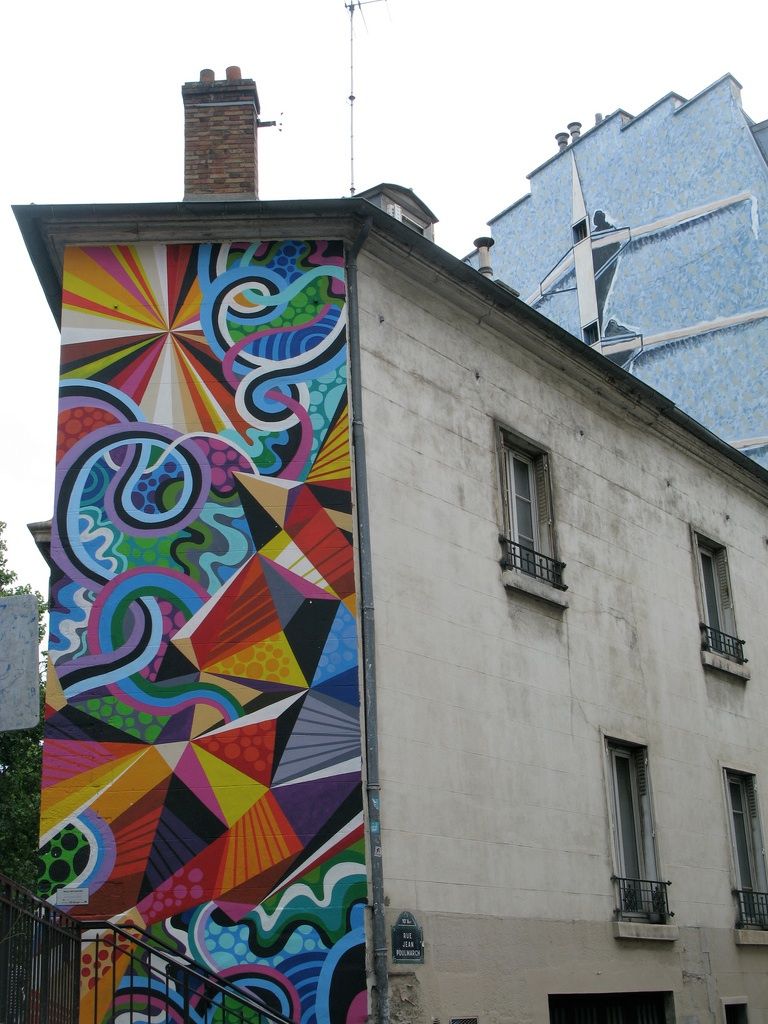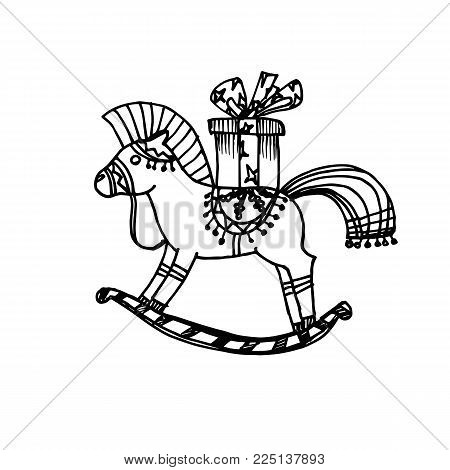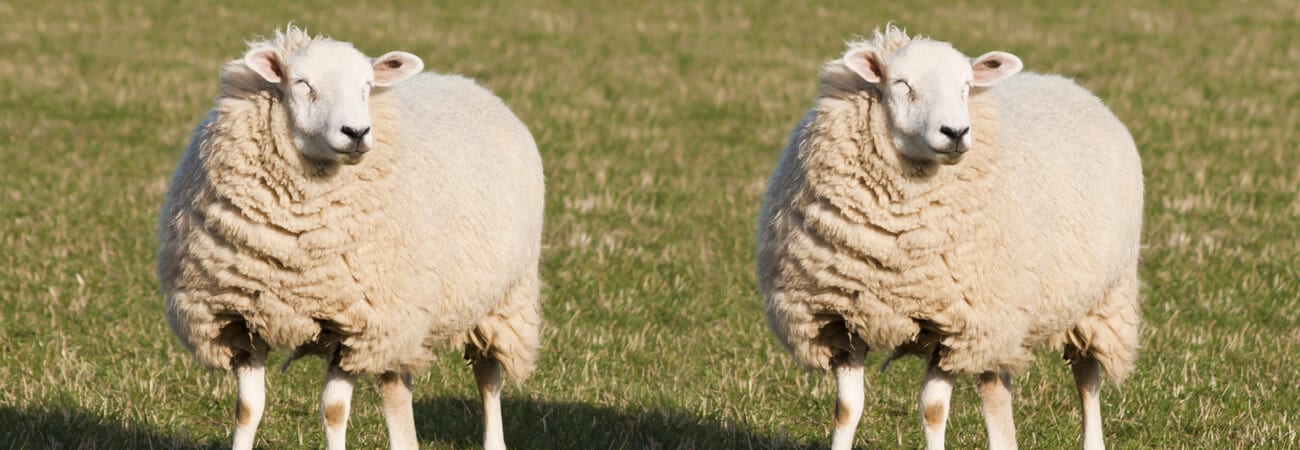
Hi again,
This is the second part of agile/team building games. As you may read the first part you probably know that there is a reason behind every game. So the main point is to get that reason and idea behind and doing the game exactly as described is not our goal. A good agile coach or scrum master is the one that can modify and redesign these ideas to what suits their team/company culture and attitude.
6 – Logo Design
So the name tells it all. Give a team a paper and a few markers and ask them to design a logo that represents their team, their job, their attitude, their members,….

This game is one of the best ones that make the team think about their cause of existence, their goal, their strength, their culture, etc. What I have done in the past was after each team created their logo, I gave those to the office UI designer to shape them and print them in large size and hung them on the wall of each team. It gave them an identity which is very important and made team members closer to each other.
7- Release plan for a huge task
If you want to make a simple blog, probably you know what steps you need to take and in which order, you know what would be the MVP and release plans. But what if the goal is “finding life on mars”? what would be the release plan? What would be the MVP?

So pick a very out of mind and huge goal: build a civilization, finding life on a planet, discovering covid-19 vaccine, … and ask your team to talk about that and come up with a release plan, backlog list, sprint planning, etc.
This helps the team to think about how they can shrink a huge and epic task to small and achievable steps. This is one of the problems most teams have problems with, usually a leader or a team member with more experience will jump in and split the epic to few small one, it works most of the time, but the problem with that is not all members will gain this ability overtime.
8- Who you are
One of the problems in most teams is members does not feel that they are being seen enough. Mostly it is because of a lack of feedback (positive or negative), the other reason is that team members, although they spend most of their time with each other compared to their family, don’t talk about each other’s characteristics.

This game is very simple, write down 40 attitudes (30 positive, 10 negative). Randomly spread them between members, give every member a bucket. Now ask people to put them in other people’s buckets if they feel this attitude suits that person most. Remember no one can put a card on their own bucket and they should spend all of their cards. Then ask everyone to read the cards they got loaded.
This practice also helps teams which have feedback problems, it can be the first step. By this game everyone can have the feeling that what others think about them. here is a list of few attitude and behaviour characteristics:
- Active: always busy with something
- Ambitious: strongly wants to succeed
- Cautious: being very careful
- Conscientious: taking time to do things right
- Creative: someone who can make up things easily or think of new things
- Curious: always wanting to know things
- Logical: using clear and sound reasoning
- Organized: dealing with one’s affairs efficiently
- Perfectionist: wants everything to be done right and perfectly
- Precise: careful and with great attention to detail
- Anxious: worried, uneasy, or nervous
- Careless: not being careful; rushing into things
- Impatient: quickly irritated and easily provoked
- Lazy: unwilling to work or showing a lack of effort
- Rigid: being unwilling to change one’s outlook, belief, or response
- Scatterbrained: inattentive and forgetful
- Slapdash: performing work quickly and carelessly
- Sober: serious, sensible, or solemn
- Undisciplined: lacking in discipline
- Volatile: changing moods very quickly
- Altruistic: shows selfless concern for others
- Caring: desires to help people
- Compassionate: feels or shows sympathy or concern for others
- Considerate: thinks of others
- Faithful: being loyal
- Impartial: treats all persons equally; fair and just
- Kind: thoughtful, caring
- Pleasant: polite
- Polite: exhibiting good manners
- Sincere: being totally honest
- Guarded: cautious and reserved
- Loner: preferring not to socialize with others
- Maverick: unorthodox or independent
- Reflective: engaged in deep thought
- Reticent: not revealing one’s thoughts easily
- Retiring: shy and fond of being alone
- Reserved: keeps thoughts and feelings to himself
- Self-aware: possessing in-depth knowledge of one’s thoughts and feelings
- Sensitive: quick to detect or respond to slight changes, signals, or influences.
- Shy: quiet and reserved; lacking in confidence
This list can be endless, you can add to that.
9- Big picture
Every little thing that I do may have a big impact on the whole organisation, we know that. now let’s play it.
select a simple drawing (mono color) and print it in A4 paper. Now take a scissor and cut it into small pieces (equal to number of team members) now give each person a A3 blank paper and a marker.

their task is to escalate their piece to fit to A3. but they are not aware of what would be the big picture, give them few minutes and after they are done ask them to hang their drawings on wall (they should solve the puzzle and put them in right place)
This will show them how the impact of imperfection in small pieces can lead to a big messy picture.
here is few sample of drawing I used:



10- cloning
In my career as a developer I have been asked by many people “how much does it cost if you want to make an app just like instagram?”
It would be easy to make a product when you have another one ready. you just need to have a close look and clone it, right? no it is not that simple. There would be thousands of small pieces that are vital to make something but they are hard to see, or even they are hidden in the back. Now let’s understand this concept through a game.
* This game needs a little bit of preparation. you need to spend 1 hour and make some structure (building or bridge or an unknown 3D object) with spaghetti, glue and paper.

Now give the team the same materials and time and ask them to clone what you have made, the point is from a complete product it is very hard to understand the sequence of creating that. and this is the challenge here. it would be fun, believe me. compare their creature with yours and ask them why they are not identical (it is almost impossible to make them identical). The important question, where they will start from if they want to build it again, lets see if they figured the sequence during the process?
So, these were another batch of 5 games, hope you play them with your team and enjoy. Give me feedback on what you think of them or how you customise them.
